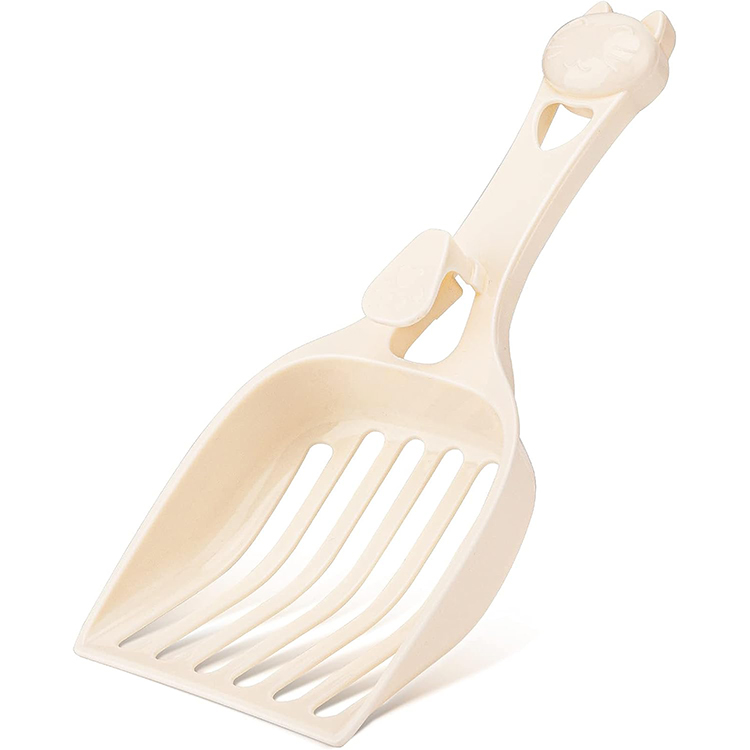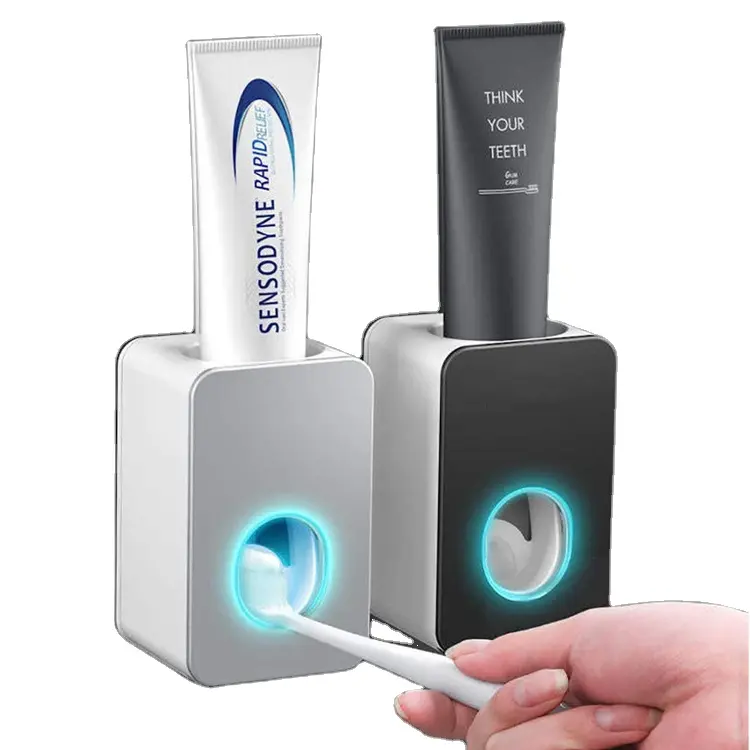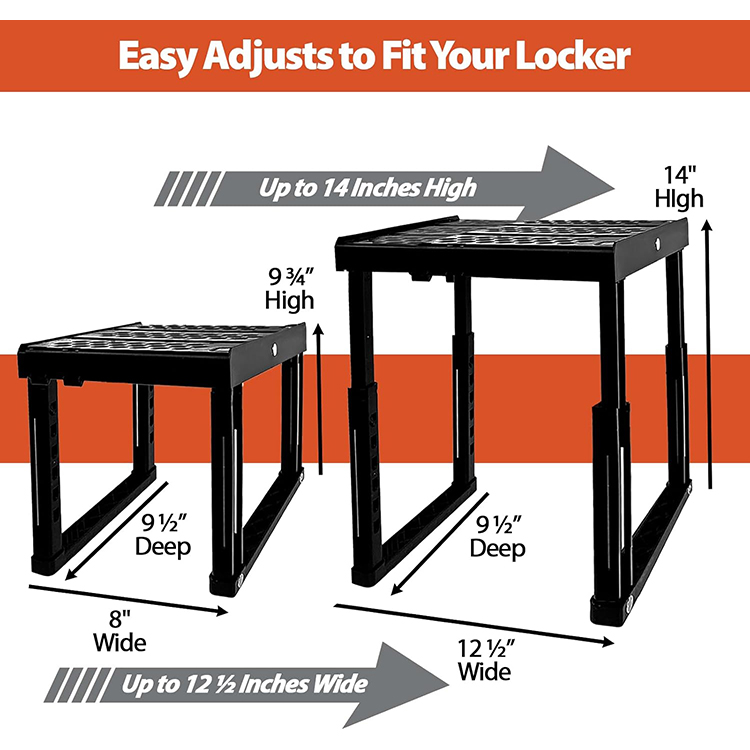What’s the Real Problem When Choosing a Student’s Mug?
Parents often prioritize safety, durability, and convenience when selecting a water bottle for kids. A major concern is the leaching of harmful chemicals from plastics. Stainless steel mugs are durable and safe but can be heavy. Plastic water bottles are lightweight and affordable but may pose chemical risks if not food-grade. Glass water bottles preserve taste but are fragile. Silicone is flexible and safe but not always durable for daily school use. Each material comes with pros and cons that need to be considered when buying a water bottle for students.
In hot summer months, a lightweight plastic water bottle with a straw is ideal for hydration and convenience. Tritan plastic is preferred due to its chemical resistance and clarity. During winter, a stainless steel water bottle insulated with double walls is more suitable to retain heat for hot beverages. Choosing seasonally appropriate materials ensures comfort and encourages regular water intake throughout the year. Parents should consider the usage environment, temperature, and ease of cleaning when selecting between a plastic water bottle and a stainless steel water bottle for their children.
Our student water bottles are designed with kids’ comfort and safety in mind. For summer, we offer plastic water bottles made from BPA-free Tritan, equipped with a straw and high-quality food-grade silicone spout for safe, easy sipping. The sleek and minimal design appeals to both students and parents. In winter, our water bottle stainless steel range features double-walled insulation using food-grade stainless steel to keep drinks cold for up to 24 hours. Each bottle includes a carrying loop that doubles as a secure lock, and a wide opening that allows easy cleaning and ice refills. The push-button lid locks in place to avoid spills—perfect for school bags. Stainless steel water bottles are available in 24 oz, 32 oz, and 40 oz options. Many styles, colors, and sizes are available for custom orders. Need your school logo? We offer customizable options, including a plastic water bottle with logo and stainless steel water bottles with branding. Feel free to request a quote!

Why Does Stainless Steel Hold Water Better Than Plastic?
Stainless steel water bottles are highly durable and resistant to temperature changes, making them superior for long-term use. Unlike plastic water bottles, stainless steel has low thermal conductivity, meaning it retains hot or cold temperatures longer. Additionally, it does not leach chemicals or absorb flavors, making it a safe choice for kids. Stainless steel is also impact-resistant, so it can withstand rough handling without breaking or cracking. In contrast, plastic may warp or degrade over time, especially under heat. For these reasons, a stainless steel water bottle is often seen as a safer and more sustainable choice for students.
How Does the Taste of Plastic/Metal/Glass Change When Stored in Water?
The taste of water can be noticeably affected by the material of the bottle. In lower-quality plastic water bottles, especially those not labeled as BPA-free, water may take on a chemical or plastic-like aftertaste over time. Stainless steel water bottles may occasionally impart a slight metallic flavor, particularly if they are not food-grade or uncoated internally. However, premium stainless steel water bottles are typically taste-neutral. Glass water bottles offer the most neutral taste experience, but they’re fragile and not ideal for kids. A plastic water bottle made from Tritan, known for its clarity and resistance to odor or taste retention, is a reliable option for taste-sensitive users.
How Do I Recognise the Genuine Food Grade Material Mark?
Recognizing food-grade materials is crucial for safety. Look for certifications or labels such as “FDA Approved,” “BPA-Free,” or specific food-safe symbols (a wine glass and fork icon) molded onto the bottle’s surface or base. For plastic water bottles, Tritan and polypropylene often carry the recycling code #5 or #7 with additional markings confirming food-grade compliance. Stainless steel water bottles typically feature “304” or “18/8” markings to indicate high-quality food-grade steel. Trusted suppliers will provide documentation and testing certifications to validate claims. Always avoid unbranded or unclear markings, especially when sourcing a water bottle for kids.
Can Polypropylene Water Bottles Withstand High Temperature Sterilisation?
Yes, polypropylene (PP) water bottles can withstand high-temperature sterilization, making them suitable for environments that require frequent deep cleaning. PP is resistant to temperatures up to 120°C (248°F), allowing sterilization via boiling water or steam without deformation. This feature makes it ideal for a water bottle for kids, especially in schools or daycare centers where hygiene is critical. Unlike lower-grade plastics, polypropylene is food-safe, durable, and reusable. However, continuous exposure to extremely high temperatures may cause wear over time. For long-term use, consider pairing PP bottles with stainless steel options that also support sterilization but offer added thermal insulation.
Summary
Choose safe, seasonal student bottles like stainless steel or Tritan plastic with food-grade quality and logo options.




